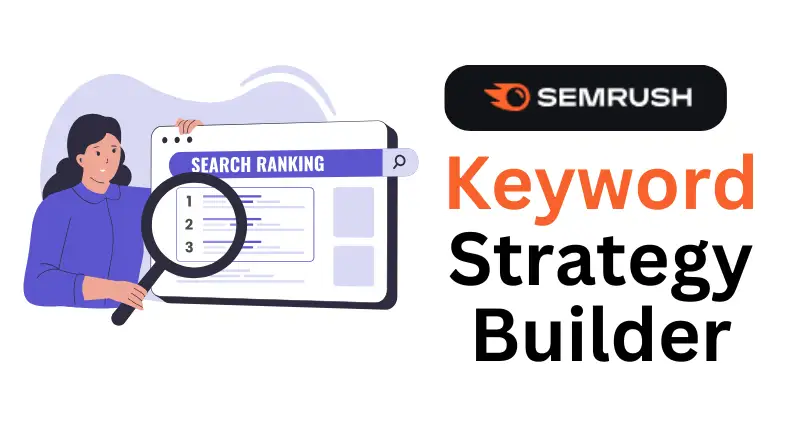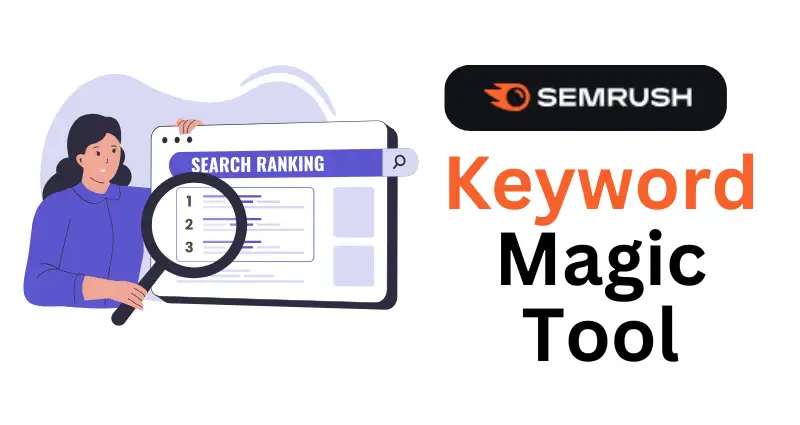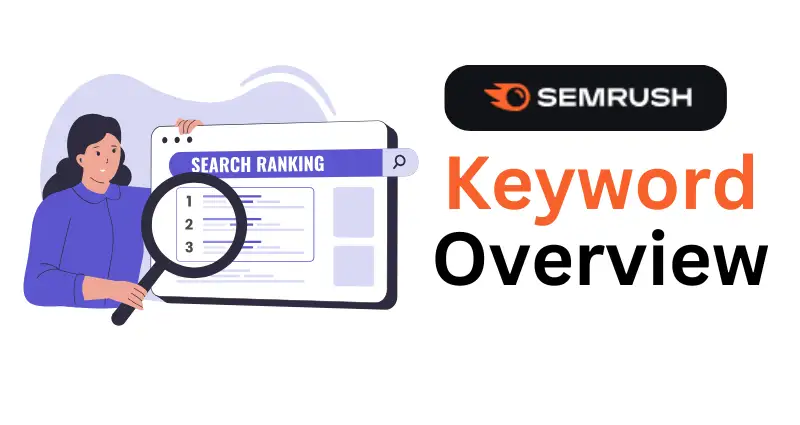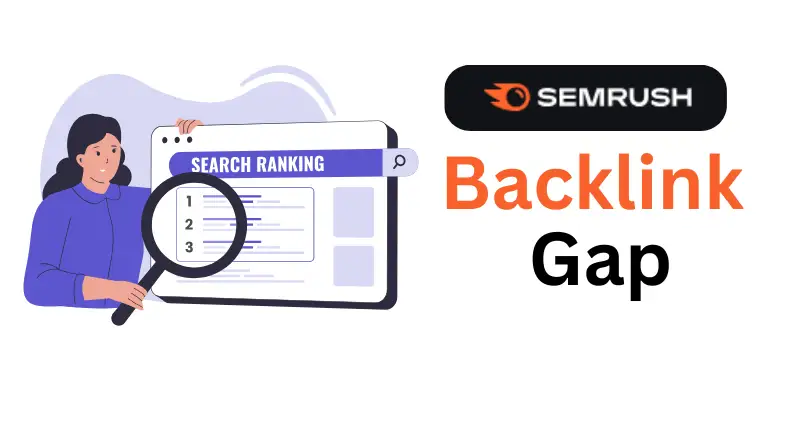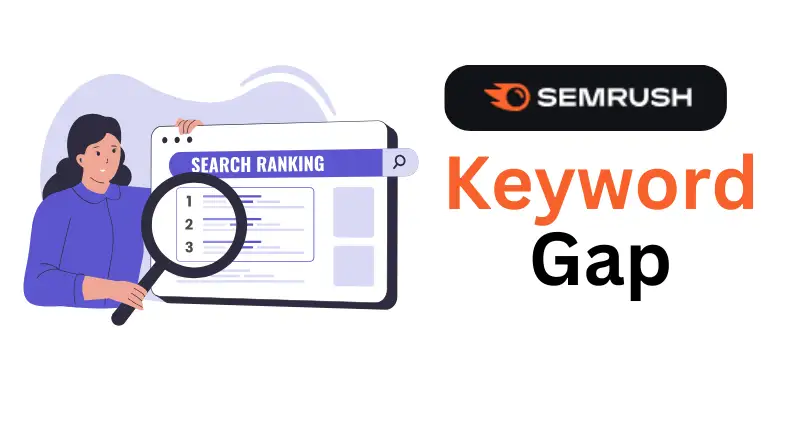Creating a successful blog is more than just publishing content regularly. It requires a well-thought-out content strategy that aligns with your goals, audience needs, and SEO practices.
Let’s dive into how to create an effective blog content strategy that delivers results.

1. Defining Your Blog’s Goals: Why Do You Need a Content Strategy?
Your content strategy acts as a roadmap, giving your blog clarity and focus. Here’s why it’s essential:
- Clarity and Focus: A defined strategy helps you stay aligned with your blog’s purpose. It ensures that every post serves a clear objective.
- Measurable Success: Set specific, measurable goals. For example, aim to increase traffic by 20% in six months, or boost lead generation.
- Alignment with Business Objectives: Whether your goal is to generate leads or build brand awareness, make sure your blog content aligns with broader business or personal objectives.
- Audience Engagement: A good strategy lets you tailor your content to meet your audience’s needs, encouraging regular interaction and returning visitors.
2. Researching Your Target Audience: What Do They Want to Read?
Knowing your audience is key to creating content they care about. To research effectively:
- Demographic Analysis: Break down your audience by factors like age, gender, location, and interests. This will guide your content’s tone and topics.
- Surveys and Polls: Conduct surveys to ask your readers what they want. Platforms like Google Forms or social media polls work well.
- Social Media Listening: Monitor discussions and trends in your niche. Tools like Hootsuite can help track conversations about your industry.
- Engagement Metrics: Analyze which posts are getting the most comments, shares, and likes. This shows what resonates with your audience.
3. How to Generate Endless Blog Post Ideas
Coming up with fresh content ideas is a common challenge. Here’s how to keep the inspiration flowing:
- Brainstorming Sessions: Dedicate regular time for brainstorming. Consider involving team members or friends for new perspectives.
- Answer Questions: Platforms like Quora or Reddit can be gold mines for common questions in your niche. Addressing these creates valuable, informative content.
- Content Gaps: Identify topics your competitors have overlooked. Filling these gaps gives your blog a unique edge.
- Trends and News: Stay updated on industry news and trends. Timely content helps you stay relevant and boosts engagement.
4. Keyword Research: How to Plan Content Based on What People Are Searching For
Strategic keyword use helps your blog rank higher on search engines, attracting organic traffic.
| Keyword Research Tools | Purpose |
|---|---|
| Google Keyword Planner | Finding high-volume search terms |
| SEMrush | Competitor analysis and keyword ideas |
| Ahrefs | In-depth keyword data and SEO analysis |
- Long-Tail Keywords: Focus on long-tail keywords. These are specific phrases that reflect search intent, making your content more targeted.
- Content Clusters: Group related keywords together to create a series of posts on similar topics. This builds authority and improves SEO.
5. Balancing Evergreen vs. Timely Content
Successful blogs feature both long-lasting and time-sensitive content. Here’s how to strike the right balance:
- Evergreen Content: Topics like “how-to guides” or “best practices” are always relevant. These posts continue to drive traffic months or even years after publishing.
- Timely Content: Write about current trends, events, or hot topics in your industry. While these posts have a shorter lifespan, they can generate quick bursts of traffic.
- Strategic Mix: Aim for a combination of evergreen and timely posts. This ensures consistent traffic while capitalizing on current events.
6. How Often Should You Publish New Content?
Many bloggers struggle with how often to publish. Here’s what matters:
- Consistency Over Frequency: Consistent publishing is more important than publishing often. Set a manageable schedule, whether it’s weekly or bi-weekly.
- Quality Assurance: Never sacrifice quality for quantity. Each post should offer real value.
- Experimentation: Test different frequencies to see what works best for your audience. Monitor metrics like bounce rate and engagement to find the sweet spot.
7. Organizing Your Content Calendar: Tools and Templates
A content calendar helps you plan, organize, and execute your strategy effectively.
- Use Tools: Trello, Asana, or even a simple Google Sheet can work as your content calendar. These tools let you organize your posts, assign deadlines, and track progress.
- Templates: Develop a template that includes post titles, deadlines, keywords, and publication dates. This streamlines your workflow.
- Review and Adjust: Regularly review your calendar to accommodate new ideas and adjust for timely content.
8. How to Create Pillar Content and Supporting Posts
Pillar content is a cornerstone of your blog. It’s an in-depth resource that covers a key topic in your niche, supported by smaller posts.
- Pillar Content: Write comprehensive, in-depth articles that thoroughly cover a subject (e.g., “The Ultimate Guide to Personal Finance”).
- Supporting Posts: Create shorter posts related to your pillar content. These might answer specific questions and link back to your pillar article.
- Interlinking: Interlinking between pillar and supporting posts improves SEO and helps your readers easily navigate your site.
9. Repurposing Old Content: Getting More from Your Blog Posts
Why reinvent the wheel? Repurposing your existing content can extend its life and reach new audiences.
- Identify High-Performing Posts: Use analytics to spot which posts are generating the most traffic or engagement. These are prime candidates for repurposing.
- Formats to Repurpose: Turn blog posts into other content types, such as infographics, videos, or podcasts.
- Update and Refresh: Regularly update old posts with fresh information or updated keywords. This keeps them relevant and boosts SEO.
10. Tracking Your Content Performance with Google Analytics
No strategy is complete without tracking your performance. Google Analytics offers powerful insights.
| Key Metrics to Monitor | Purpose |
|---|---|
| Bounce Rate | Understand how engaging your content is |
| Average Session Duration | Measure how long users stay on your blog |
| Pages per Session | Track how many pages users visit in one session |
| Conversion Goals | Measure success in achieving your blog’s objectives |
- Set Up Goals: Define specific goals, such as increasing traffic, lowering bounce rates, or converting visitors into leads.
- Monitor Key Metrics: Keep an eye on bounce rate, session duration, and pages per session to evaluate content engagement.
- Content Reports: Use the Behavior section in Google Analytics to see which posts perform the best. This helps refine your content strategy for better results.
Final Thoughts
Creating a blog content strategy requires a thoughtful, step-by-step approach. From defining your goals to analyzing performance, each step plays a critical role in ensuring your blog thrives. By balancing evergreen and timely content, leveraging keyword research, and organizing your efforts with a content calendar, you’ll be well on your way to building a blog that attracts and retains a loyal audience.

